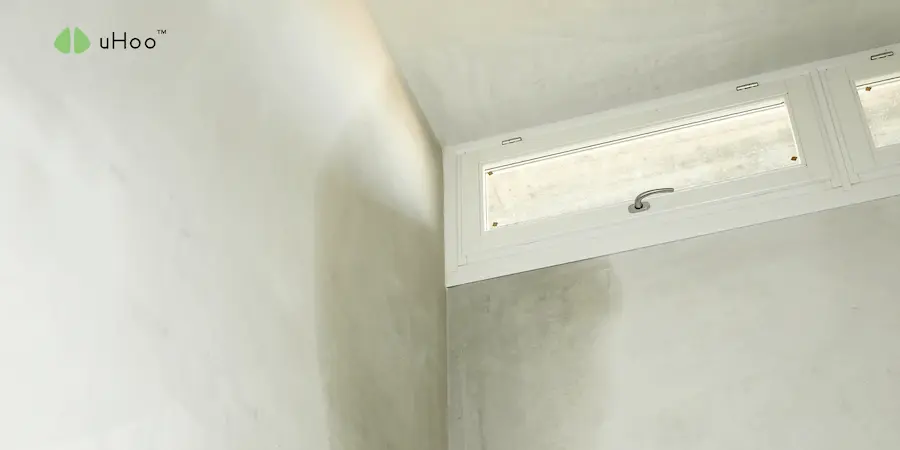When you glance at the weather forecast, your eyes might dart to the temperature, the chance of rain, or maybe the wind speed. But there’s another crucial, often overlooked, data point that has a profound impact on the unseen world within your home: humidity.
The percentage of moisture in the outside air is more than just a discomfort indicator. It’s a key player in determining the quality of the air you breathe indoors, and understanding its influence is vital for maintaining a healthy living environment.
The Invisible Bridge: Outdoor Humidity’s Reach Indoors
Your home isn’t an airtight bubble. It constantly interacts with the outside world through open windows, doors, ventilation systems, and even through minute cracks and porous building materials. This interaction means that the humidity levels outdoors significantly influence the humidity levels inside.
Let’s break down how varying external humidity affects your indoor air:
- High Outdoor Humidity: The Unwanted Houseguest
Summers in many regions are synonymous with high humidity. When the air outside is thick with moisture, your home readily absorbs it. This isn’t just about feeling sticky. It’s about creating a fertile ground for several indoor air quality culprits:- Mold and Mildew Proliferation: Mold spores are ubiquitous, but they only thrive when relative humidity consistently exceeds 60%. High outdoor humidity can push indoor levels past this critical threshold, leading to mold growth on walls, ceilings, in basements, bathrooms, and even within your HVAC system. Mold releases allergens and irritants that can trigger respiratory problems, asthma attacks, and allergic reactions. Learn more through the uHoo Mold Index.
- Dust Mite Boom: These microscopic creatures, a common indoor allergen, flourish in humid environments. Increased indoor humidity provides ideal breeding conditions, leading to higher populations in bedding, carpets, and upholstered furniture.
- Accelerated VOC Off-Gassing: Many common household items – from furniture and new carpets to paints and cleaning products – release Volatile Organic Compounds (VOCs). High humidity can accelerate the rate at which these chemicals off-gas into your indoor air, intensifying odors and potentially causing headaches, dizziness, and respiratory irritation.
- Reduced Comfort and Efficiency: Beyond health, high humidity makes your home feel muggy and warmer than it actually is, forcing your air conditioning to work harder and consume more energy to achieve a comfortable temperature.
- Low Outdoor Humidity: The Drying Effect
Conversely, very dry outdoor conditions, often seen in arid climates or during cold winter months when heating systems are running, can strip moisture from your indoor air:- Respiratory Discomfort: Dry air can irritate your nasal passages and throat, leading to dry coughs, sore throats, and an increased susceptibility to colds and flu viruses.
- Dry Skin and Eyes: Personal discomfort is a common side effect, with dry, itchy skin and irritated eyes being prevalent.
- Increased Static Electricity: The notorious static shocks are a clear sign of excessively dry indoor air.
- Damage to Belongings: Fine wood furniture, musical instruments, and even certain electronics can suffer damage like cracking or warping in prolonged low humidity environments.
- Persistent Dust: In very dry conditions, tiny particles like dust, pet dander, and pollen tend to remain suspended in the air for longer, making them easier to inhale.
Beyond the Forecast: Ensuring Clean Air with uHoo
The weather forecast’s humidity percentage is a valuable early warning signal. It allows you to anticipate potential indoor air quality challenges. However, the true power lies in knowing exactly what’s happening inside your home. This is where a smart indoor air quality monitor like the uHoo becomes an indispensable tool.
uHoo provides continuous, real-time data on key indoor air parameters, including relative humidity. By integrating uHoo into your home, you can:
- Confirm the Forecast’s Impact: See precisely how outside humidity translates to your indoor environment. A high outdoor humidity forecast might mean your indoor relative humidity is creeping past the healthy 60% mark, signaling a need for action.
- Act Proactively: Receive instant alerts when humidity levels become problematic, allowing you to turn on a dehumidifier, improve ventilation, or adjust your HVAC system before mold starts to grow or discomfort sets in.
- Optimize Appliance Usage: No more guessing games with humidifiers or dehumidifiers. uHoo’s data helps you run these appliances efficiently, ensuring optimal humidity levels without wasting energy.
- Identify Hidden Issues: Consistent humidity problems in specific areas of your home, even with mitigation efforts, could point to underlying structural issues that need addressing.
- Track Long-Term Trends: uHoo’s historical data allows you to see how your home’s humidity fluctuates throughout the year and identify patterns, helping you prepare for seasonal changes.
By combining the foresight of the weather forecast with the precise, real-time insights from a uHoo air quality monitor, you gain unparalleled control over your home’s environment. This proactive approach ensures that regardless of what the weather brings, your indoor air remains clean, healthy, and a true haven for your family at all times.



